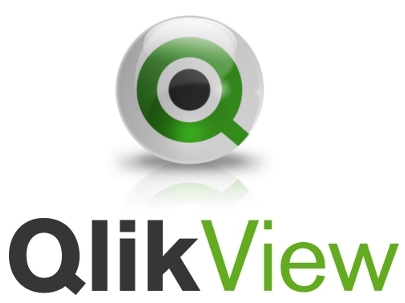8 Tips For QlikView Beginners

What is QlikView? QlikView is one of the most exemplary directed and guided analytics arrangements. QlikView allows you quickly to create and convey intelligent directed examination applications and dashboards. You can ask and respond to your own inquiries and follow your own ways of knowing. You and your associates can arrive at choices cooperatively. At […]
Using a Qlik Reporting Tool: Gateway to a Reporting & Analysis Heaven

Using a Qlik Reporting Tool: Gateway to a Reporting & Analysis Heaven The present era of data analytics and data science got a big boost forward with the launch of Qlik View software and its Associative Engine foundation. Now used by countless enterprises worldwide, this revolutionary innovation transformed data usage. Firms can now have a […]
